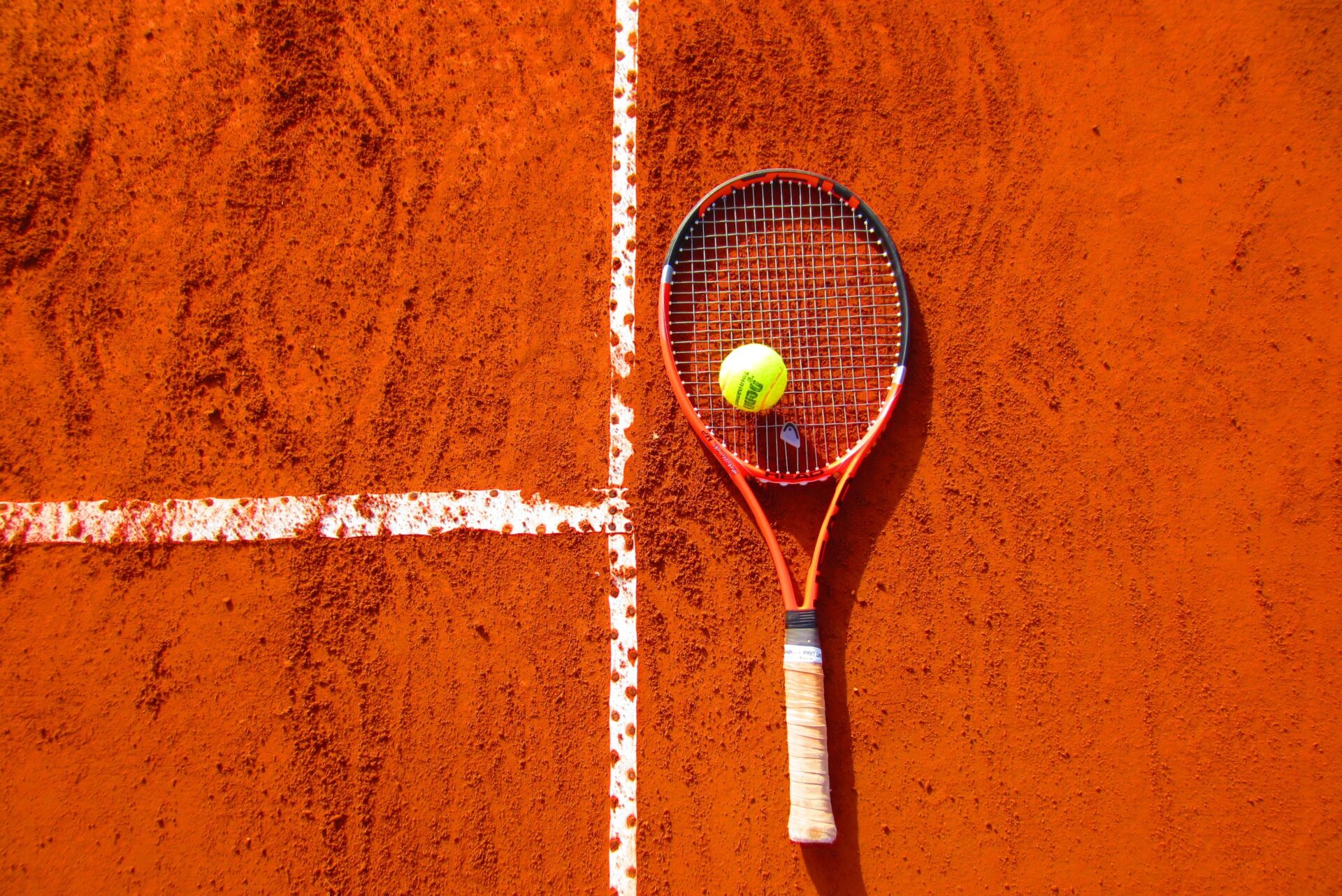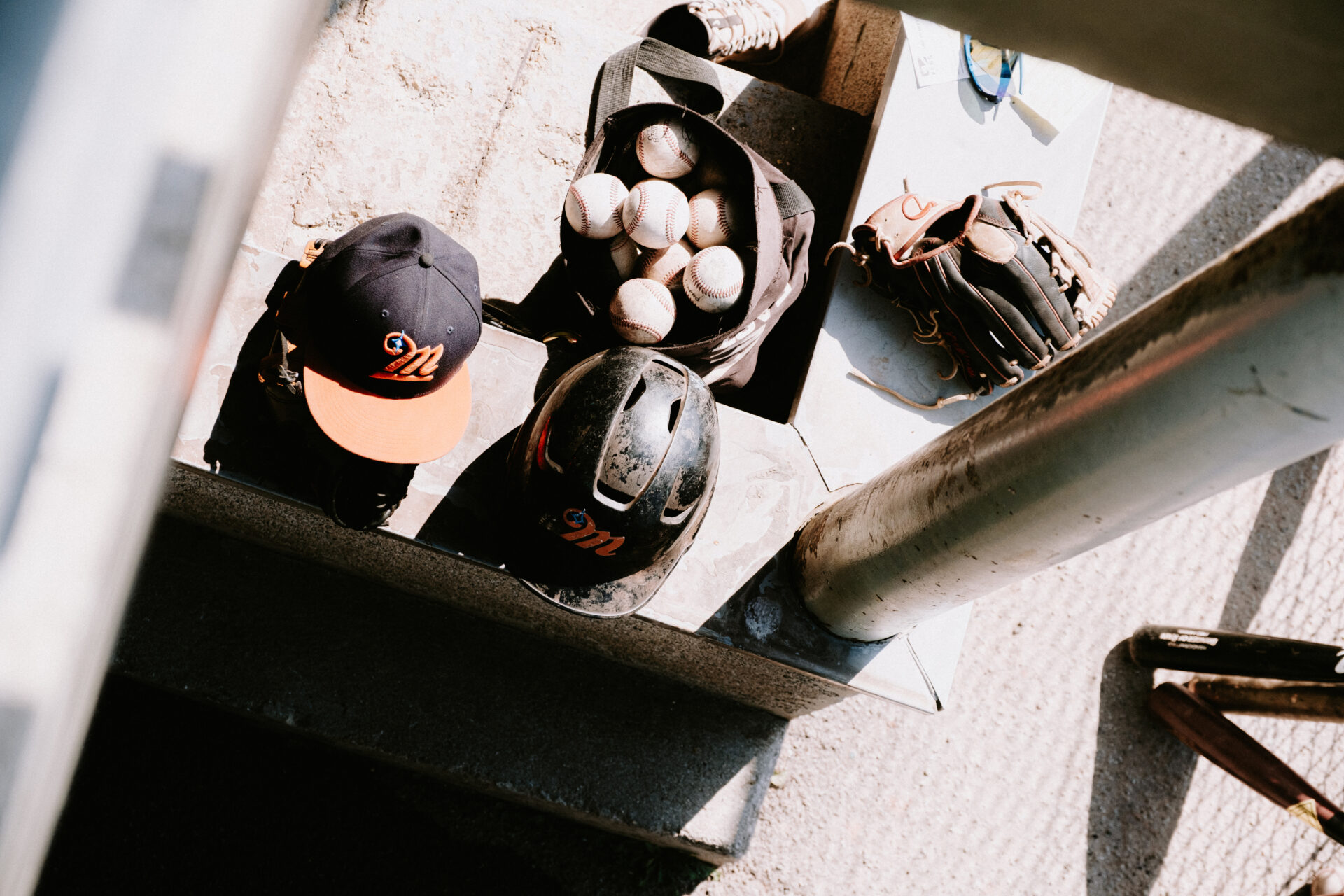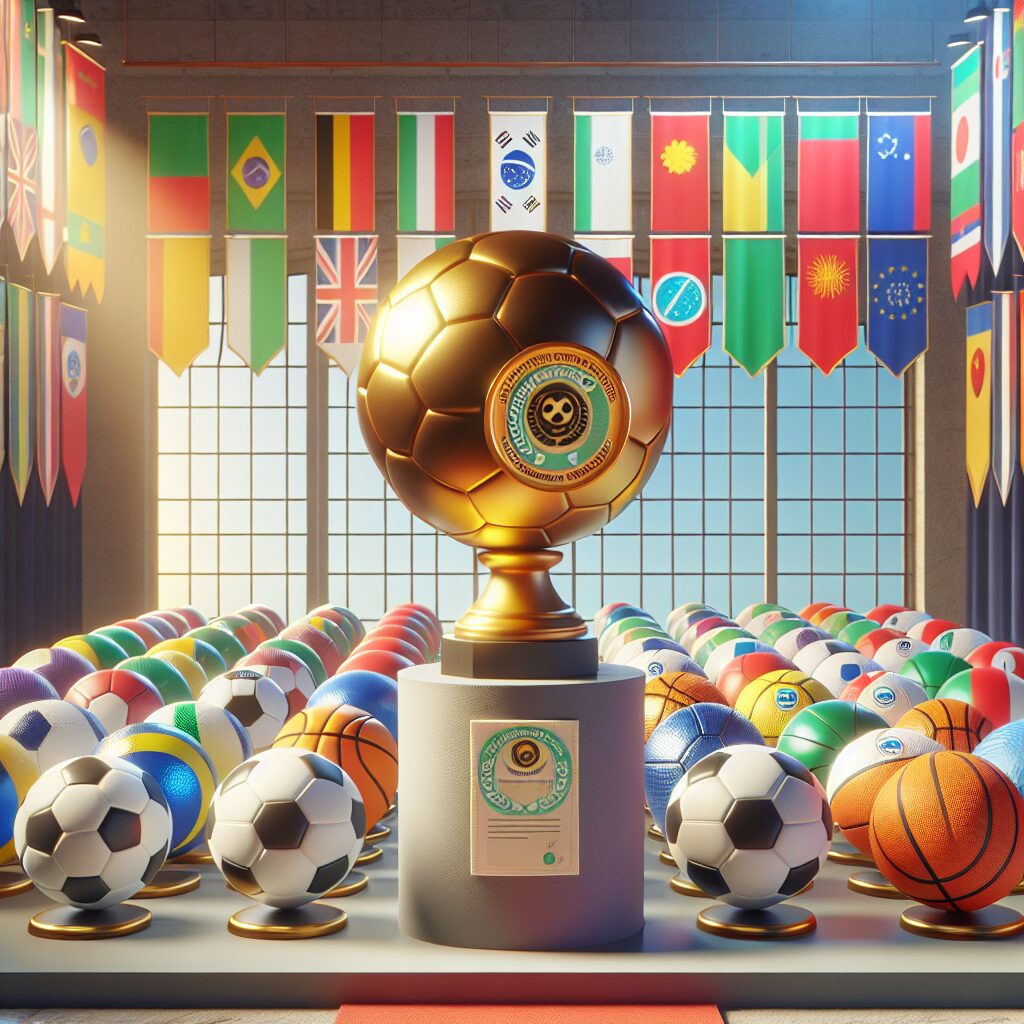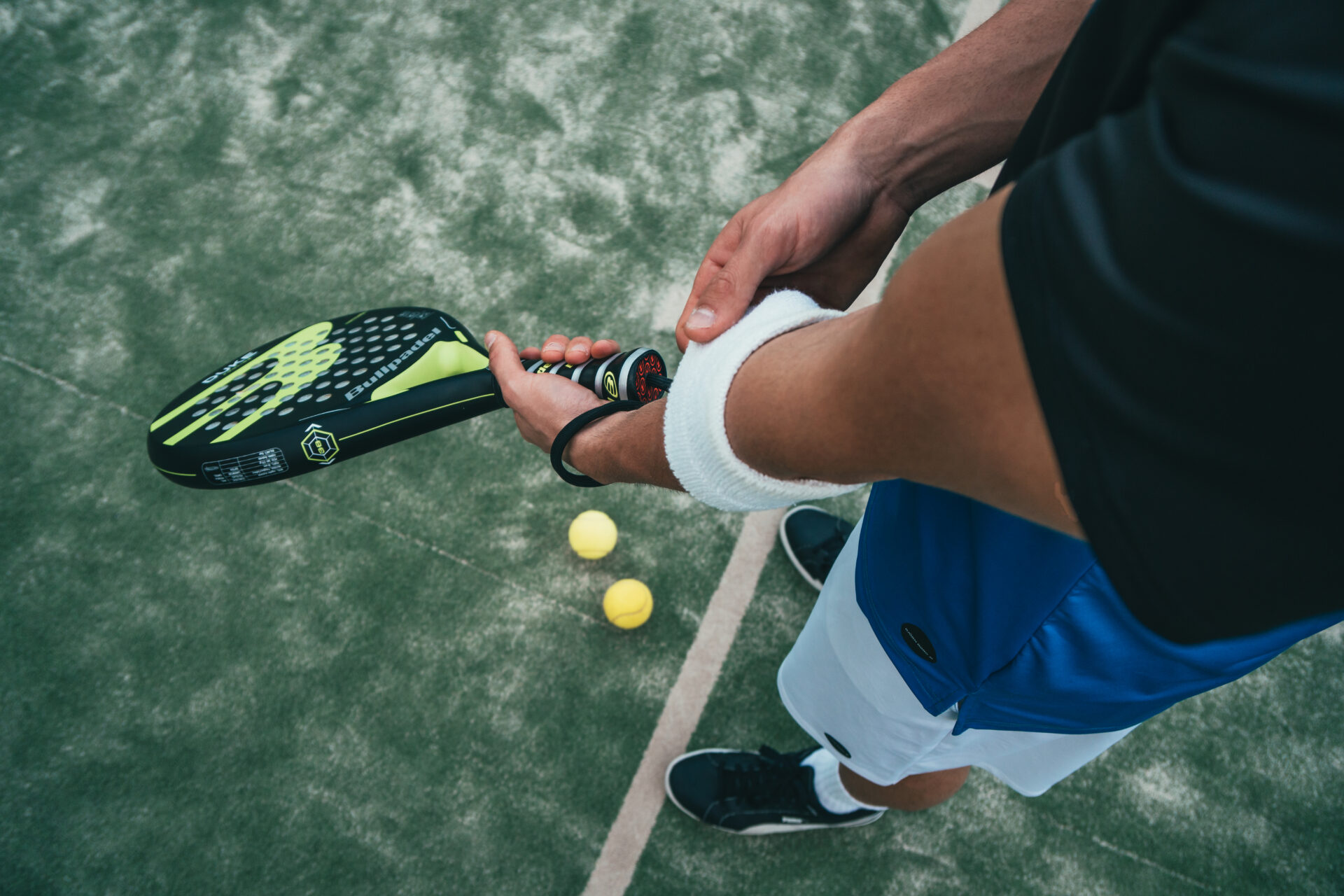Tennis is a popular sport enjoyed by players of all ages and abilities. One of the most important pieces of equipment in the game is the tennis ball, which can be expensive to replace. So how long does a tennis ball last? This article will discuss the factors that influence the lifespan of a tennis ball and provide some tips on how to extend its life.The lifespan of a tennis ball depends on the frequency and intensity of use. Generally, a tennis ball can last anywhere from 1-4 hours of play.
Type of Tennis Balls
The type of tennis ball used has a major effect on its durability. Tennis balls come in two types: pressurized and pressureless. Pressurized balls are filled with a gas that gives the ball more bounce and creates a more lively game. Pressureless balls are heavier and do not provide as much bounce, but they tend to last much longer than pressurized balls due to their construction.
Playing Conditions
The playing conditions can also affect the durability of a tennis ball. If the court is kept in good condition, the ball will have less wear and tear over time. However, if the court is uneven or has cracks, the ball can quickly become damaged and require frequent replacement. Additionally, windy or humid conditions can cause the ball to break down more quickly due to exposure to moisture or extreme temperatures.
Player’s Style
The player’s style of play can also impact how long a tennis ball lasts. Power hitters who hit hard shots will wear out their balls faster than players who prefer a slower game with more spin. Also, players who use heavy top-spin shots can cause the felt on the surface of the ball to break down faster than normal, reducing its lifespan significantly.
Quality of Tennis Ball
Finally, the quality of the tennis ball itself is another factor that affects its durability. Higher quality balls tend to last longer because they are made with higher quality materials that are more resistant to damage from impact or exposure to elements like moisture or extreme heat. Low quality balls may appear cheaper initially but will need frequent replacement due to their inferior construction and materials used in their manufacture.
1. Store in a Dry Place
Tennis balls should be stored in a cool, dry place. Exposure to moisture can cause them to become soggy and lose their bounciness. If the balls are stored in a damp environment, they can quickly become unusable. It’s also important to avoid storing the balls in direct sunlight, as this can cause them to dry out and crack.
2. Avoid Extreme Temperatures
Tennis balls should not be exposed to extreme temperatures, either hot or cold. Storing them near a heat source such as a furnace or radiator can cause the air inside the ball to expand, making it less bouncy. On the other hand, storing them in an excessively cold environment can cause the rubber material to become brittle and crack.
3. Use on Suitable Surfaces
Tennis balls should only be used on suitable surfaces such as hard courts or grass courts. Using them on abrasive surfaces such as concrete can cause them to wear out more quickly and lose their bounciness quicker than normal.
4. Don’t Leave Outdoors for Long Periods of Time
It’s important not to leave tennis balls outdoors for long periods of time, particularly during inclement weather conditions such as rain or snowfall. Doing so can damage the material of the ball and make it unsuitable for use.
5. Change Regularly
Tennis balls should be changed regularly in order to ensure they stay in top condition and remain bouncey for longer periods of time. It’s recommended that they are changed every two-to-four weeks depending on how often they are played with.
Shelf Life of a Tennis Ball
The shelf life of a tennis ball can vary greatly depending on its quality, storage, and usage. High-quality tennis balls can last anywhere from two to four years, while low-quality balls may only last a year or less. Proper storage is essential in maximizing the shelf life of a tennis ball. Humidity, heat, and direct sunlight can all degrade the rubber material of the ball faster than normal. Tennis balls should be stored in cool and dry places away from direct sunlight.
Tennis balls that are used frequently will also have a shorter shelf life than those that are not used as often. The more a ball is used, the more it will wear down and eventually need to be replaced. It is important to inspect your tennis balls regularly for signs of wear and tear such as flattened felt or areas where the rubber has begun to deteriorate. If these signs are present, it is best to replace the ball with a new one as soon as possible.
Overall, the shelf life of a tennis ball can vary significantly depending on its quality, storage conditions, and usage frequency. High-quality balls stored properly will generally last longer than those that are not taken care of properly or used frequently. Be sure to inspect your tennis balls regularly so that you know when it’s time to replace them for optimal performance!
How Long Does a Pressurized Tennis Ball Last?
Pressurized tennis balls are designed to last a long time. They are made with a special rubber blend that helps them retain their bounce and pressure longer than regular tennis balls. On average, pressurized tennis balls can last between three and four weeks if they are used regularly. However, if they are not used as often, they can last up to six weeks or even longer.
The lifespan of pressurized tennis balls also depends on the playing conditions. If you play in hot and humid conditions, the balls will lose their bounce quicker than normal. Using fresh balls often and keeping them out of direct sunlight can help extend their lifespan. It is also important to store your pressurized tennis balls properly when not in use so that they do not lose air or become damaged by heat or cold temperatures.
Finally, it is important to note that pressurized tennis balls should be replaced after a certain amount of time regardless of how much they have been used. This is because the rubber will begin to break down over time and the ball will start to lose its bounce and pressure no matter how well it has been cared for. Generally speaking, it is best to replace your pressurized tennis ball every 4-6 weeks in order to ensure optimal performance on the court.

How Long Does an Unpressurized Tennis Ball Last?
Tennis balls are an essential part of the game, and their lifespan can affect a player’s performance. Unpressurized tennis balls are designed to last for a certain amount of time, but how long exactly? The answer depends on a few factors, such as the type of ball used and how the ball is stored.
Generally speaking, an unpressurized tennis ball can last anywhere from one to five hours on the court. This is because unpressurized tennis balls are made with a softer felt material which wears out more quickly compared to pressurized tennis balls. The exact amount of time will depend on the quality of the tennis ball and how often it is used. For example, if a ball is used frequently or played on hard court surfaces, it may only last about one hour before needing to be replaced. On the other hand, if it is used less often and played on softer surfaces like grass or clay courts, it can last up to five hours before needing to be replaced.
In addition to usage and surface type, proper storage also plays a role in how long an unpressurized tennis ball will last. If stored properly in a cool, dry place away from direct sunlight, it can help extend its lifespan significantly. It’s important not to store them in places where temperatures exceed 75 degrees Fahrenheit as this could cause them to expand and lose their bounce quicker than normal.
Overall, unpressurized tennis balls can last anywhere from one hour up to five hours depending on usage and storage conditions. Quality also plays a role in determining how long they will last so make sure you buy high-quality balls if you want them to last longer than normal.
Storing Tennis Balls to Extend their Life Span
Tennis balls are a crucial part of the game, and it is important that they are properly stored to extend their life span. Here are some tips on how to do just that:
The first tip is to keep tennis balls away from heat. Heat can cause the rubber in the ball to break down, resulting in a decrease in performance and an increase in bounce. Store them in a cool, dry place such as a basement or closet for best results.
The second tip is to store them in an airtight container. This will help keep the air pressure within the tennis ball consistent and prevent premature deterioration of the rubber core. It is best to use a container specifically designed for storing tennis balls as it will ensure maximum air tightness.
The third tip is to keep tennis balls away from moisture. Moisture can lead to mold growth on the rubber core, making it less effective and reducing its lifespan. Be sure to store them in a dry area out of direct sunlight or rain.
Finally, make sure you check your tennis balls regularly for signs of wear and tear such as cracks or exposed cores. If you notice any signs of deterioration, replace them with new ones as soon as possible so they don’t affect your game play.
By following these simple tips, you can ensure that your tennis balls last longer and perform better for longer periods of time. With proper storage and maintenance, you’ll be able to enjoy more time playing your favorite sport!
How to Tell When it’s Time to Replace your Tennis Balls
When it comes to playing tennis, there is no denying that having quality tennis balls is essential. Not only do good tennis balls make the game more enjoyable, but they also help you improve your skills and increase your chances of winning. However, even the best tennis balls don’t last forever and need to be replaced periodically. So, how do you know when it’s time to replace your tennis balls? Here are a few tips that can help you determine when it’s time for new ones.
The most obvious sign that it’s time to replace your tennis balls is if they are starting to show visible signs of wear and tear. This includes things like cracked seams, discoloration, or flat spots on the surface of the ball. If you notice any of these signs, then it’s likely time for new ones. Another way to tell if it’s time for new balls is by testing their bounce rate. Hold one ball at waist-level and drop it onto a hard surface from a few feet in the air. If the bounce rate is lower than normal or inconsistent, then this could mean that the ball has lost some of its air pressure and needs replacing.
You should also consider replacing your balls if they have been used for some time now – even if there are no visible signs of wear and tear yet. Over time, all tennis balls will start to lose their bounce as air pressure escapes from them naturally. So, if you’ve been playing with the same set of balls for over three months or so then it might be worth investing in a new set just so you can enjoy better performance on court.
Finally, if you’re a competitive player then you may want to consider replacing your balls after every match or tournament as a matter of course. This will ensure that you always have fresh balls with maximum air pressure available whenever you need them – which can make all the difference in an important match!
In conclusion, knowing when it’s time to replace your tennis balls isn’t difficult – just look out for any visible signs of wear and tear such as cracks or flat spots on the ball or test their bounce rate by dropping them from waist-level onto a hard surface. Additionally, consider replacing them after three months or so even if they don’t look worn yet – just for maximum performance on court – and after every match or tournament if you’re playing competitively.
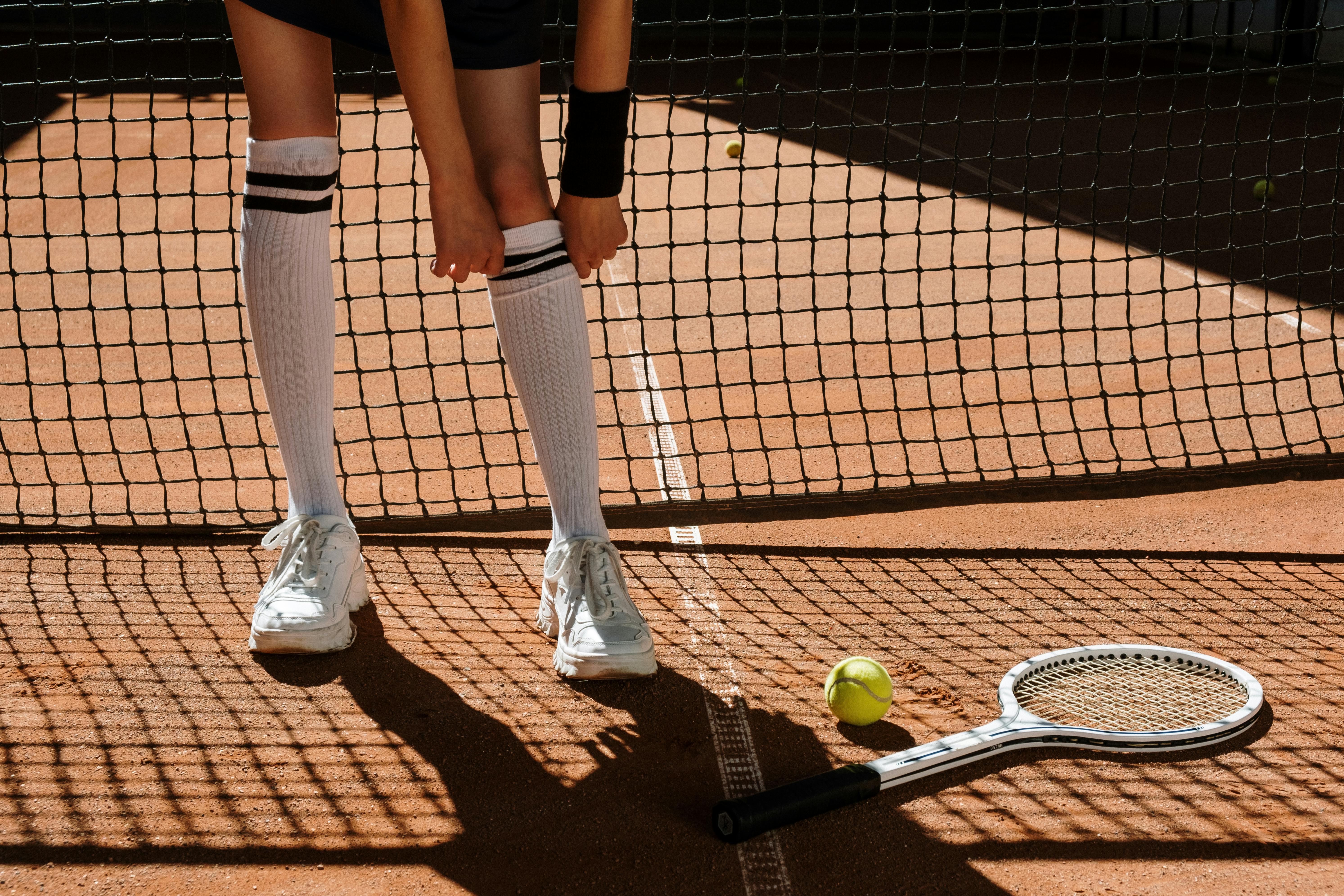
Conclusion
The longevity of a tennis ball depends on many factors, including the quality of the ball, how often it is used, and the type of court surface it is used on. Generally speaking, a tennis ball can last between 3-5 hours of play. This doesn’t mean that the ball will be unplayable after this time – as long as it is stored properly and not exposed to extreme temperatures, a tennis ball can last much longer. It is important to remember that regardless of how long a tennis ball lasts, regular replacement is necessary for optimal performance and enjoyment during play.
Ultimately, your level of play and the number of balls you use will determine how often you need to replace them. If you are an avid player or compete in tournaments, it is recommended to keep plenty of spare balls on hand in order to maintain quality during games. Regardless of whether you’re a recreational or competitive player, having fresh balls ready and available will help ensure that you can continue playing at your best until your next replacement.

